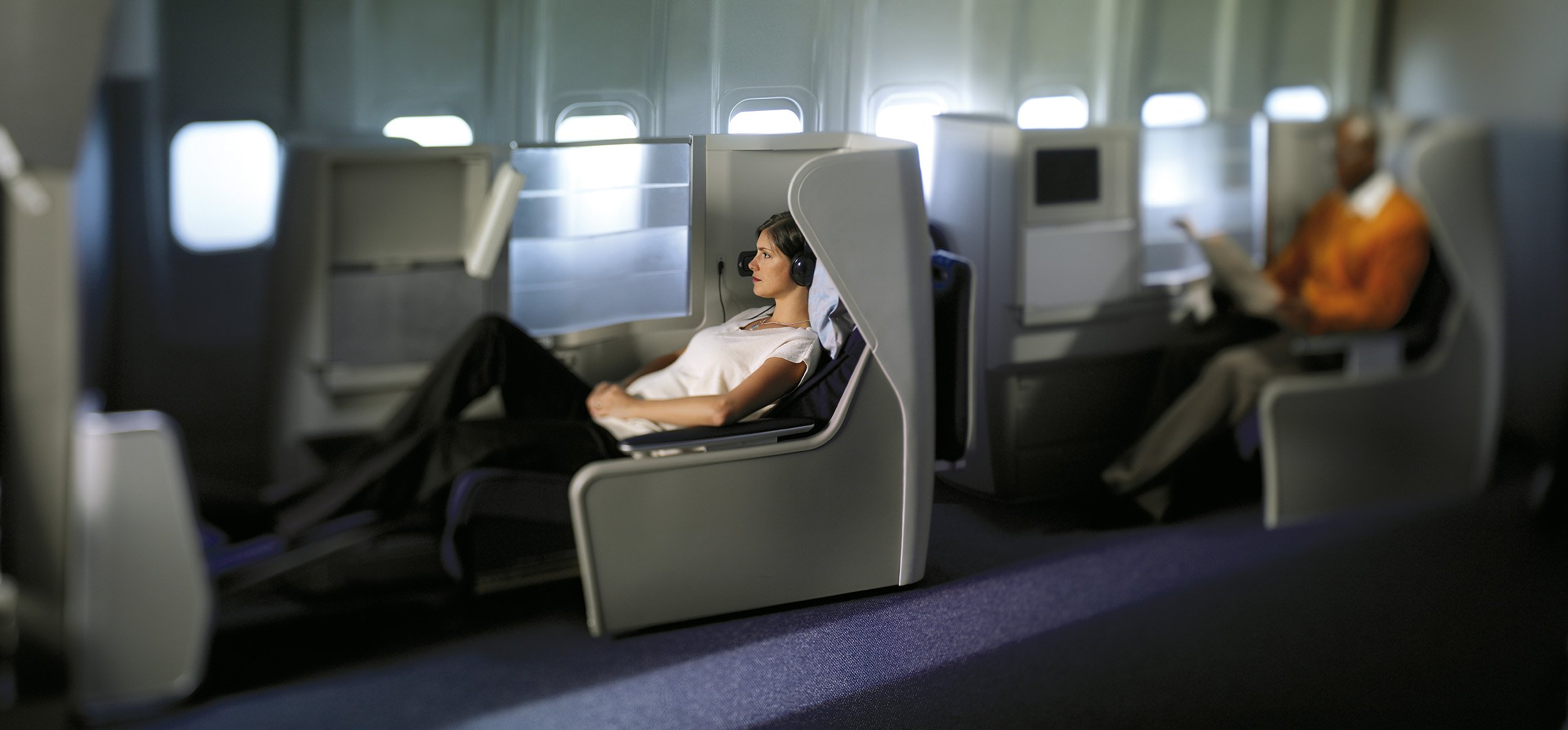Creating outstanding customer experiences to help companies do better business

Matt Round, tangerine’s Chief Creative Officer, was invited speak at the British Embassy in Tokyo on the 15th November to an audience of rail and infrastructure professionals including rolling stock manufacturers, government officials, architects, and design & build consultancies. Matt discussed how creating outstanding customer experiences can help drive commercial value for businesses. tangerine has worked in the Japanese market for many years with clients including Nikon, Panasonic, Hitachi, Toyota, Seiko, and Toto.
Matt presented the importance of building an impactful passenger experience to help companies improve their competitiveness. Using the example of tangerine’s Club World seat for British Airways, which delivered a return on investment of £200 million in less than 12 months and is still flying two decades later, Matt highlighted the power of design in creating breakthrough innovations that deliver outstanding experiences and a significant return for businesses.
“The key to achieving commercial performance is balancing the priorities of business rationale (profits, revenue, and shareholder value) with consumer emotion (quality of experience and value),” explained Matt. Providing the example of tangerine’s work for Heathrow Express, he discussed the process businesses could use to achieve this balance.
1. Context
Heathrow Express is a 15-minute journey between London Paddington and Heathrow Airport. Given the short amount of time, a passenger would spend on the train the most important consideration is why would someone pay extra for First Class?
2. Understand consumer motivation
Using this context, the team carefully studied passengers to gain insights into their needs and wants. Using observational research from adjacent industries, tangerine’s designers recognised that the main requirement of First-Class passengers was privacy and convenience.
3. Define the questions to be answered
From the motivations that were discovered through the research, the team defined key questions that were to guide the rest of the process:
– What is relevant to passengers?
– How can more personal space and privacy be created?
– How can we make passengers feel more secure?
– How can we take advantage of technology to improve the service?
– How can we increase boarding speed?
– What will help business performance?
4. Prioritise where to invest
After identifying the areas of opportunity, the next step is determining where to invest. Many of the options the team identified had the potential to improve the passenger journey, but the question became which solution would bring the optimal outcome for both the business and the passenger.
5. Exploring alternative solutions
Designers often help businesses to explore options that were not previously considered. The case for Heathrow Express was no different. The client had already set a predetermined vision for the First-Class carriage, but the team uncovered an alternative solution that could prove to be more profitable and was a truly radical idea.
6. Develop and deliver the solution
Experienced in working with multiple stakeholders, tangerine’s designers collaborated with suppliers and the client team to ensure a delivery that was on-time and to budget.
7. Return of Investment
The final design solution met the needs of passengers. Resulting in an increased occupancy in the First Class carriage, increasing capacity across standard class.
From this process, Matt demonstrated the value of creating new experiences in delivering new benefits and values to consumers that attract them to a particular service, resulting in increased success for the operator.
The nature of rail and infrastructure, particularly stations are changing. Consumer’s expectations from adjacent spaces are resulting in changing needs for the station environment. Using the examples of Spanish petrol company CEPSA and South Korean beauty brand Innisfree, Matt illustrated the potential for stations to evolve into spaces of retail and regeneration, becoming a destination in their own right. “Through adopting a customer-centric design approach, the design solutions inspired greater choice and loyalty. We created a distinctive offer, that increased recognition whilst simultaneously producing a strategy that addressed the larger business problem for the company,” explained Matt.
The rail industry is expanding, and manufacturers are increasingly looking to enter and take advantage of opportunities within international markets. Using the example of tangerine’s strategic partnership with CRC (CRRC Changchun Railway Vehicles), Matt led delegates through the success factors for manufacturers looking to expand their business overseas.
The first success factor was to separate innovation and commercial projects, to enable real innovation and breakthroughs that create distinctive offers for the business. “True innovation needs the space to grow and develop ideas, without the constraints of a programme,” explained Matt.
To export successfully, it is important for manufacturers to understand the culture of the export destination, not just the aesthetics or the form but what resonates with the local people. tangerine is helping CRC to extend their capabilities and ability to sell in international markets by bringing an understanding of how to interpret local culture and optimise cultural fit, to create authentic experiences.
Finally, capitalising on real-world events is important for manufacturers to gain international acclaim and build awareness. “With CRC, we have developed a high-profile, high-speed train of national importance that will really help CRC to increase their brand awareness overseas, aiding entry into new markets,” explained Matt.
“If you focus on the consumer from the outset you will create experiences that are appealing to them by delivering new benefits that engage passengers. This can result in recognition and loyalty, among passengers and help companies to do better business” Matt concluded.